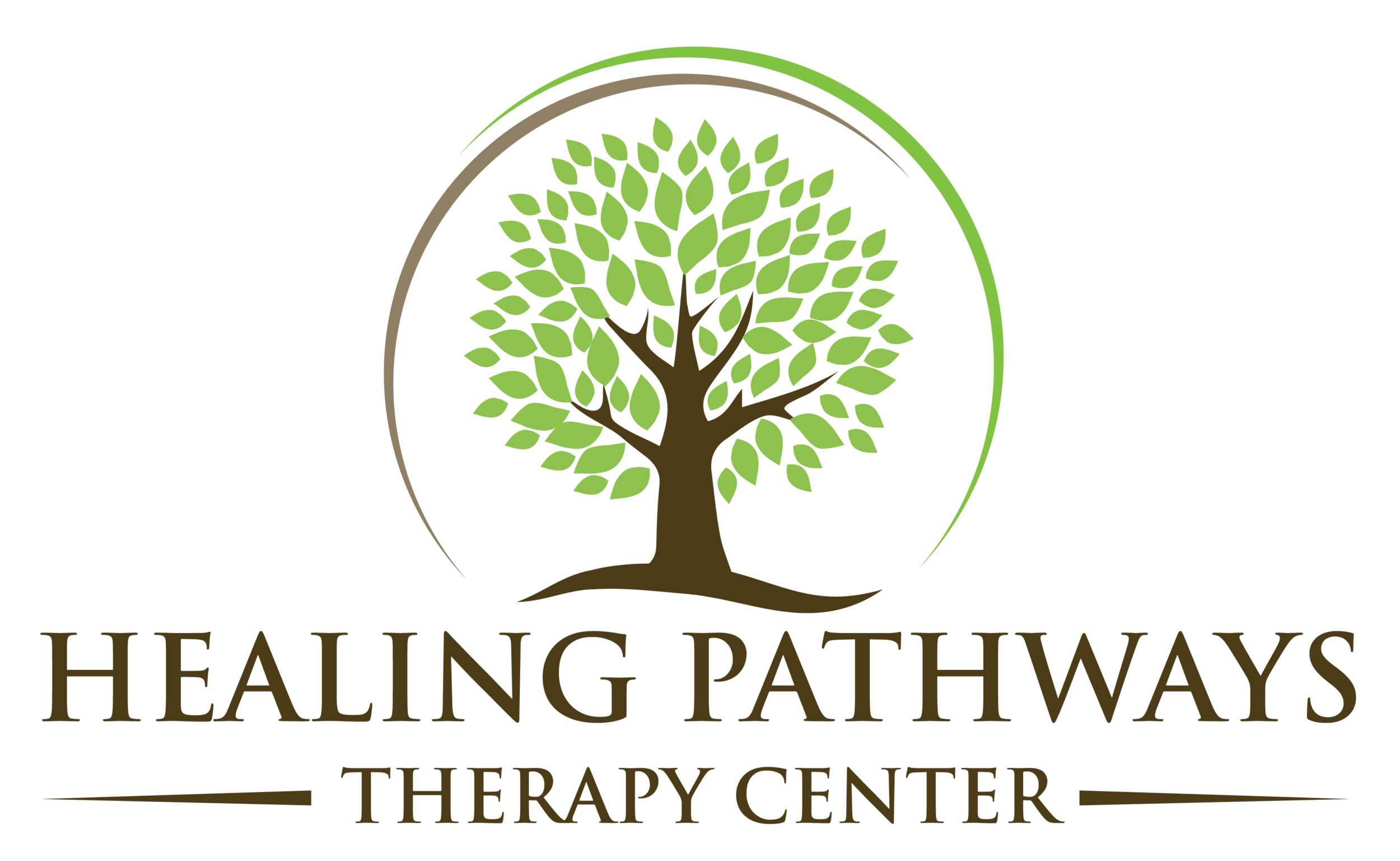How to Prevent & Heal from Burnout
Understanding What It Is, Why It Happens, and How to Complete the Stress Response Cycle
What Does Burnout Look Like?
Burnout isn’t just being tired or overworked. It’s what happens when stress builds up in your system without enough recovery, until your body and brain say, “No more.”
You may experience:
Emotional exhaustion: Often mistaken for “numbness.” It’s not that you don’t have emotions; it’s that you’ve been feeling too much, for too long, and your system has shut down to cope.
Physical exhaustion: Fatigue, chronic pain, digestive issues, unexplained skin rashes, or difficulty sleeping.
Depersonalization: A disconnection from your body or a sense of feeling “out of it.”
Loss of interest in activities you once enjoyed
Brain fog or forgetfulness
Irritability or emotional reactivity
Inability to complete tasks, even simple ones
If this sounds familiar, you’re not broken. You’re likely burned out.
Why Does Burnout Happen?
Burnout happens when we’re exposed to chronic stress without enough time or tools to properly recover. This stress might come from work, relationships, caregiving, past trauma, perfectionism, or often, a combination of all of the above.
You may feel like burnout “came out of nowhere,” but most of us are walking around with years or even decades of unprocessed stress in our bodies. One new stressor: a job change, an illness, or a family event, can tip the scale.
Burnout is often the result of not completing the stress response cycle over and over again.
What Is the Stress Response Cycle?
When we experience a stressful event, our body reacts automatically to keep us safe: our heart rate increases, adrenaline spikes, digestion slows, and we enter fight, flight, or freeze mode.
If the stressor passes and we have time to process it, our system returns to a state of balance.
But in modern life? We often face ongoing stress without closure, no physical release, no time to rest, and no sense of safety. So the stress response stays open in our bodies.
Over time, uncompleted stress responses accumulate and wear us down, physically, mentally, and emotionally.
Dealing with the stressor (e.g., sending the email, solving the problem) is not the same as dealing with the stress. To heal, we need to help the body complete that cycle.
How Do We Complete the Stress Cycle?
Think of stress like a wave: it rises, peaks, and is meant to fall.
Completing the stress response means helping that wave resolve, instead of getting stuck at its highest point.
Here are 7 ways to help your body move through and release stress:
1. Physical Activity
The most effective way to complete the stress cycle. Movement tells your body: “The danger has passed.”
Try: walking, running, dancing, swimming, or yoga. Anything that gets your heart rate up and your body moving.
2. Breathwork
Slow, intentional breathing calms your nervous system and signals safety.
Try: box breathing (4-4-4-4) or 4-7-8 breathing before bed.
3. Positive Social Interaction
A safe connection helps your nervous system co-regulate.
Try: having a conversation with someone you trust, even if it’s brief.
4. Laughter
Laughing resets the stress response, releases muscle tension, and boosts feel-good chemicals.
Try: watching a funny video or sharing a joke with a friend.
5. Affection
Physical touch or emotional closeness helps produce oxytocin, a natural calming hormone.
Try: hugging someone you love, cuddling with your pet, or simply holding someone’s hand.
6. Creative Self-Expression
Creativity activates the right brain and moves you into “flow,” where your mind can rest.
Try: painting, journaling, making music, gardening, or any activity that absorbs your focus.
7. Crying
Crying is a physiological release; it literally helps clear stress hormones from the body.
Try letting yourself cry when needed, without judging it as weakness.
Burnout Isn’t a Life Sentence. It’s a Signal
At Healing Pathways Therapy Center, we believe that burnout is a biological and emotional warning light, not a personal flaw. You don’t need more motivation; you need more support.
Our trauma-informed therapies help clients understand their burnout on a deeper level and heal from it.
We offer:
Neurofeedback to help your brain self-regulate
EMDR and IFS to resolve root trauma and emotional overload
DBT and somatic tools to build nervous system resilience
Personalized therapy grounded in compassion, attachment, and neuroscience
📍 Offices in Millcreek, Murray, and Provo
🌐 healingpathwaystherapy.com
📞 Free 15-minute consults: 435‑248‑2089
💛 You’re not failing. You’re responding to chronic overwhelm.
Let us help you complete the cycle and come home to yourself.



The word neurodivergence is appearing more often in conversations about mental health and wellness, and for good reason. Neurodivergence refers to the natural differences in how people think, learn, and process the world around them. Instead of labeling these differences as problems, the neurodiversity movement encourages us to see them as unique strengths and valuable perspectives.